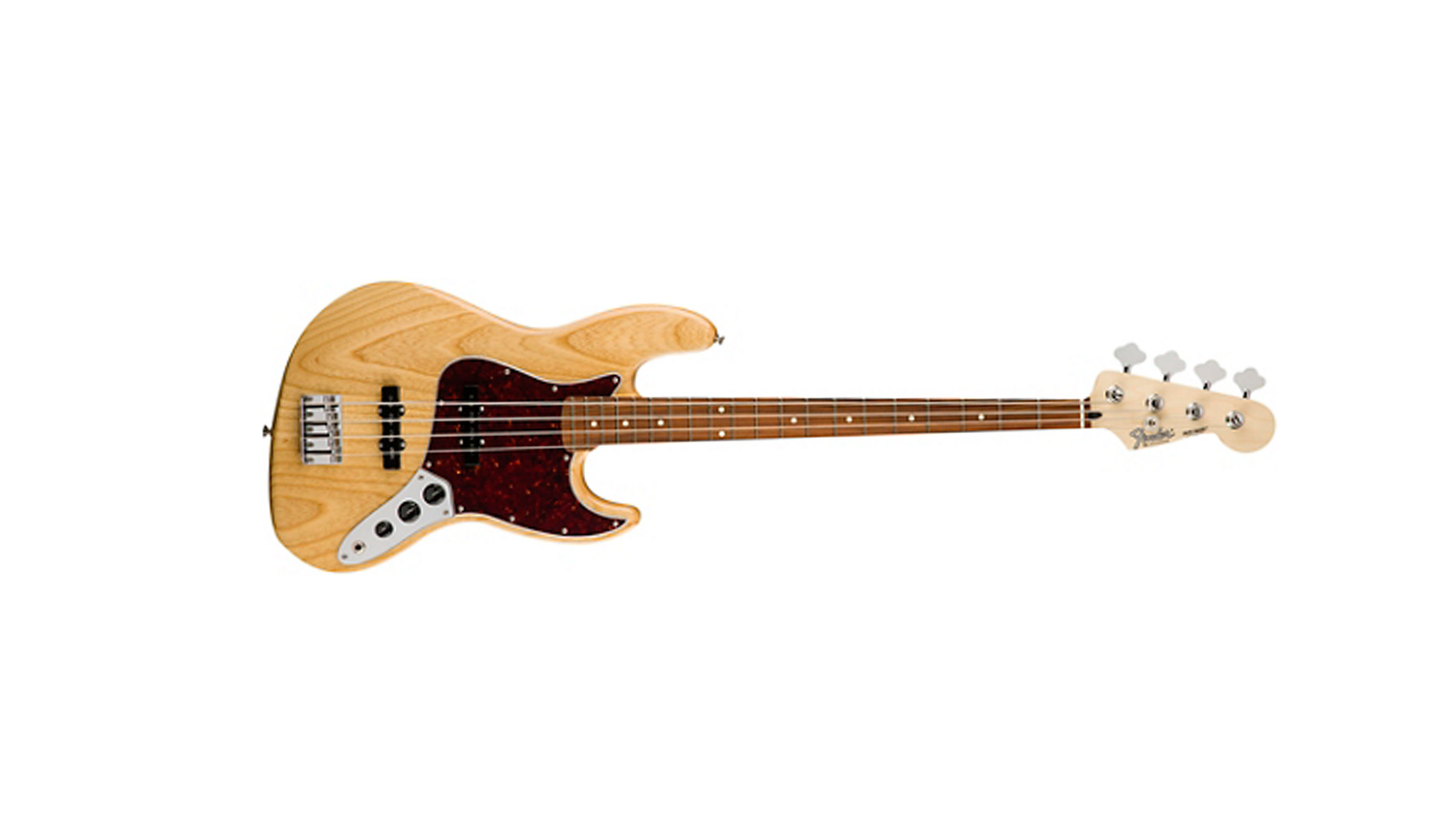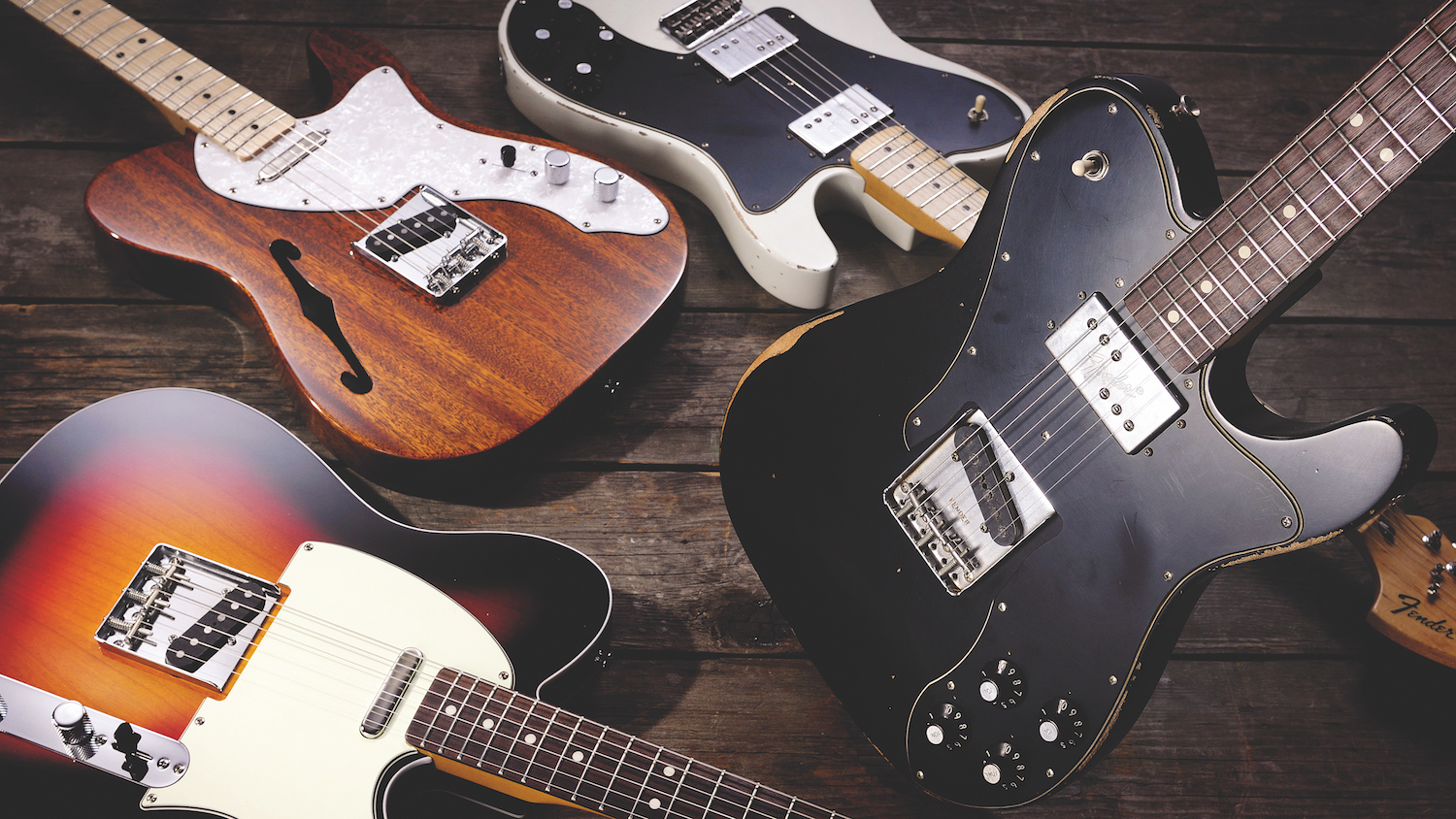
Fender has announced that it won't be using ash for its production guitars in the future and now its Vice President has expanded on the reasons why.
The company's statement explained that, “in order to uphold our legacy of consistency and high quality we, at Fender, have made the decision to remove Ash from the majority of our regular production models. What little Ash we are able to source will continue to be made available in select, historically appropriate vintage models, as supplies are available.”

In an interview with Guitar World, Executive Vice President of Fender Product, Justin Novell said that making that decision came after a lot of thought, especially as the company has such a long history with ash.
"It’s something none of us took lightly," said Norvell, "ash is part of the DNA of what we do at Fender. First off, going back historically, non-Fender luthiery always used things like spruces but also exotic tropical hardwoods.
"Because Leo was much more pragmatic, he used to say, ‘If I have $100 to make something, I’d spend $99 making it work and $1 making it pretty’. He used materials that were widely available. He went to a lumberyard and woods like alder, ash and maple were easy to get.
“Our head wood guy told me ash didn’t even really have a market or use until American baseball bats and electric guitars, because of Fender. They would clear forests of ash to make room to grow other things. So ash is a wood that goes back to the very earliest days of Fender – Esquires, Broadcasters, ‘54 Strats and so on...”
"It’s eating its way through the forest and ash will be completely gone in a couple of years"
Norvell went on to explain that the decision came in the wake of the ash tree destruction caused by the Emerald Ash Boorer beetle that has spread down from Canada. Although the company uses the lighter, more porous swamp ash grown in the south of the US, the spread of the beetle has been fast.
Want all the hottest music and gear news, reviews, deals, features and more, direct to your inbox? Sign up here.
“It’s eating its way through the forest and ash will be completely gone in a couple of years," he said. "I guess like how American chestnut got destroyed in the 30s and it’s over. This is not like it will go away for a couple of seasons and eventually grow back.”

Swamp ash is harvested from trees that have been soaked in flood waters and taken when they recede. But climate change has now affected the ability to reach it.
"We actually only use the bottom part of the tree, where the water is," explains Norvell. "But the floods have not been receding, so these areas are underwater for two thirds of the year and it’s gotten to the point where we are sitting there for six or eight months waiting for ash we can’t get reliably. The beetle is still coming where there’s floods or not, so it’s really narrowing down."

While it's not the end of Fender's relationship with ash, the company have had to make the decision to limit now.
“There will be a day where there’s nothing left, and we’ve known this for three or five years," Norvell adds. "It just hit the point where we couldn’t put it in a production guitar telling everyone we can make something which we can’t get anymore. That said, there will probably be a couple more feasts and famines before the species is entirely gone. If we get ash, we’ll use it and make limited editions. But unfortunately due to the circumstances our ash production will be winding down.”
Fender aren't ruling out the use of heavier ash with chambered bodies in the future and the company is involved in a 30-year plan to replant ash in the Detroit and Michigan area, but for now ash will be a rare tonewood for Fender production.

Alder will continue to be Fender's principal tonewood. Along with maple it is a fast growing and fast-replenishing wood. But the possibility of adding pine to the Fender roster is also on the horizon.
"We’ll definitely have an assortment of new products in the second half of the year"
"Pine is a great wood," says Norvell. "We’ve done a lot of reclaimed pine from barn wood that came from the middle of America. People received them well and said they sound great, so that’s a path we’re going down."
Norvell also revealed Fender's new release plans in light of Summer NAMM's cancellation due to the Coronavirus restrictions.

“I think there are some challenges ahead," he said, "things might be delayed, but our plans are just to continue moving forwards. Especially right now, guitar players will be eager for something new and exciting to inspire them.
"I guess as we all walk back out into the light and adjust our eyes, our idea is to continue our plan of releasing new products. We might space them out differently, some might get pushed a few months, but we’ll definitely have an assortment of new products in the second half of the year – we’re already well down the road with them."
Head over to Guitar World for the full interview.

Rob is the Reviews Editor for GuitarWorld.com and MusicRadar guitars, so spends most of his waking hours (and beyond) thinking about and trying the latest gear while making sure our reviews team is giving you thorough and honest tests of it. He's worked for guitar mags and sites as a writer and editor for nearly 20 years but still winces at the thought of restringing anything with a Floyd Rose.